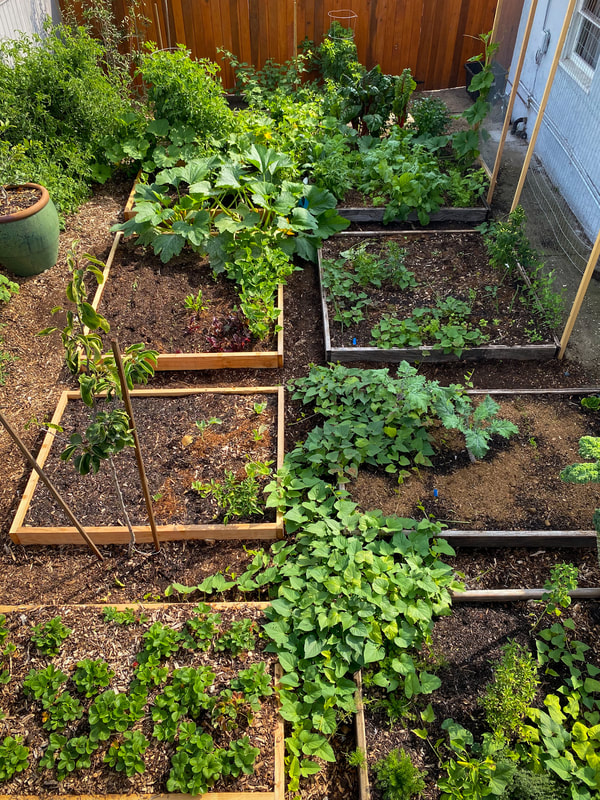Your cart is currently empty!

Kitchen Gardening Tips

With food prices rising, more and more people are turning to kitchen gardening to offset the cost of their groceries.
To start your garden, you’ll need to know a few basic tips that will help you choose the right vegetables and design a space that works best for you. These vegetable gardening tips will help you plan a beautiful, productive garden that will provide delicious vegetables year after year.
Pick a Good Spot
If you’re looking to start or expand your kitchen garden, it’s important to pick a spot that will work best for your needs. You’ll want a location that gets plenty of sun and is near a water source.
You’ll also want to consider your lifestyle and how your garden will fit into the rest of your property. For instance, if you have kids, you’ll probably want to keep the garden out of their way and away from any primary play areas.
When selecting the best spot for your vegetable garden, consider these four factors to help you choose: sunlight, proximity to a water source, convenience and aesthetics. By taking these into consideration, you can maximize your garden’s growth potential and reap all the benefits that come with growing your own food!
Vegetables Need Plenty of Sun
If you’ve ever grown a vegetable in your garden, then you know how important it is to give it plenty of sun. After all, most vegetables require 6 hours of direct sunlight each day to grow properly.
However, there are also many plants that do well in partial shade. For example, you might plant a variety of lettuce in a partially shady section of your yard.
It’s a good idea to map your garden over the course of a day and see which areas receive full or partial sunlight at different times of the day. This way, you can plan which veggies you’ll grow in each area and which ones are tolerant of shade.
Some vegetables, such as beans, need full sun to produce a healthy crop. Others, such as okra, can grow well in partial shade.
Keep Your Soil Moisturized
The key to healthy plant growth is the soil, and keeping your soil moist helps it hold more water for better nutrient uptake. You can do this by watering regularly, adding soil amendments that hold water, and mulching your garden well.
The best way to tell if your soil is moist enough is by feeling it with your fingers. It should feel lightly damp like a sponge that has been wrung out.
You can do this by sticking a finger down about three inches into the soil right next to your crop. If it feels dry, you need to water; if it feels glistening wet, let it dry out; and if it just feels slightly moist, it’s perfectly fine!
You can also use a moisture meter to determine how much water your soil holds. A good cost-effective option is the Trazon Soil 3-in-1 Meter, which measures moisture content, pH, and light intensity. This will help you make smarter decisions for your gardening needs.
Water Consistently
Watering your kitchen garden consistently is one of the best things you can do for your plants and your growing season. It’s the number one thing that will set your vegetables up for a successful and productive season, and it’s an easy way to help keep your garden healthy throughout the year.
The amount of water your garden needs depends on the climate, soil type and plant type. For example, fruit veggies like tomatoes and peppers need a lot more water than kale or chard.
During hot weather, it’s especially important to water your vegetable garden frequently to ensure that the plants stay properly hydrated. This also reduces evaporation from the soil surface and helps prevent foliar disease.
Ideally, water your vegetable garden once or twice a week. That will vary depending on the season and rainfall, but most vegetables require an inch of water a week to stay well-hydrated.
by
Tags: